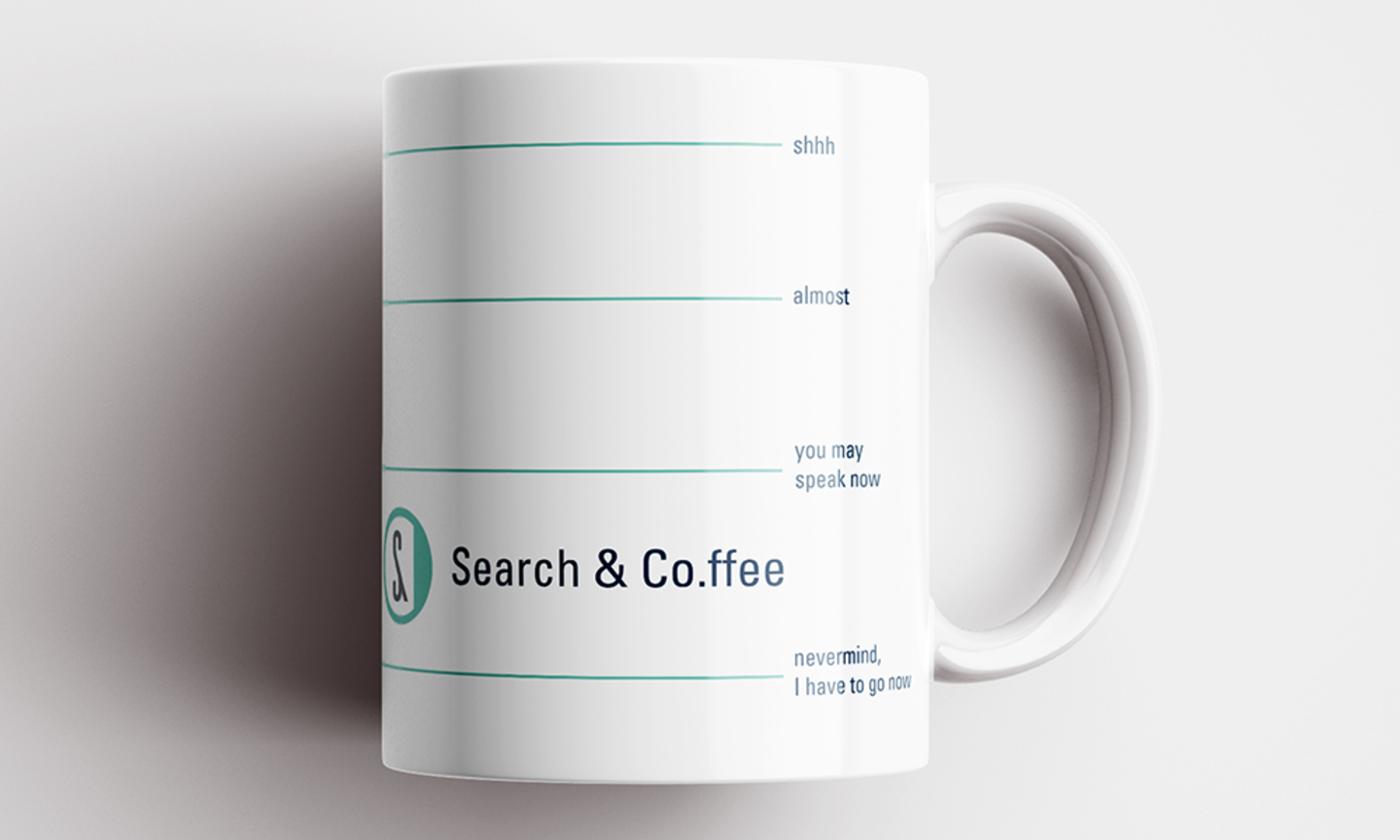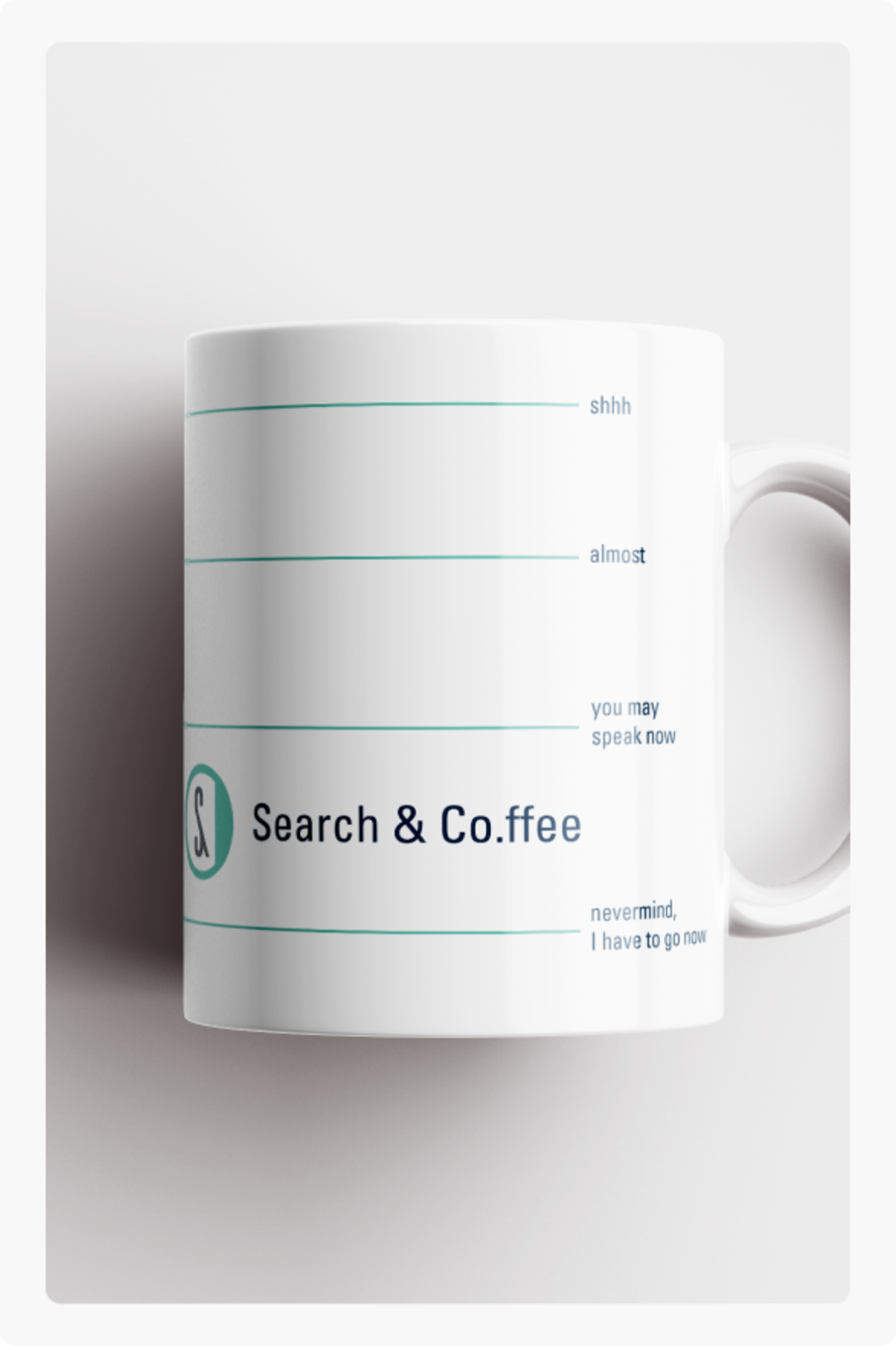
Why agility and digitization go hand in hand
Agility has become the buzzword of the 21st century. Every company wants to be agile, but not everyone that claims to be "agile" is actually "agile" but what exactly is behind this fashionable term?
Business agility means being flexible, fast and adaptable as an organization. People in agile companies make proactive, anticipatory, and proactive decisions to create change or to introduce it deliberately.
Traditional companies tend to be static, hierarchical, and siloed where top executives make the decisions and the employees execute accordingly. Agile companies, on the other hand, consist of a network of project teams that are equally autonomous and involved in rapid learning and decision-making cycles. Decision-making authority is not hierarchical, but task based. Ideally, agile organizations combine speed and adaptability with stability and efficiency.
Agile success models in IT
Agile innovation methods originally proved their worth in information technology. With the help of them, software can be developed and introduced to the market faster and better, because it exerts a positive influence on the motivation and productivity of IT teams. The best-known methods of agile frameworks are Scrum, Kanban and SAFe.
By having employees no longer work in rigid silos but in self-managed, customer-oriented and multidisciplinary project teams; fast, productive dynamics are created that accelerate profitable growth. Because not only the work, but also the responsibility and decision-making power is given to the team, the speed of response increases, decision and control “mechanisms” are eliminated. The increased empowerment helps to foster a new generation of skilled leaders and managers.
30-50% increase in performance through agile working methods
Agility can be measured by performance. Agile ways of working can increase work performance by up to 50 percent. These productivity gains, in return, are ideally reflected in the return on investment. This is accomplished through the growth of new products launched, new customers per marketing program, and/or increased engagement and goal achievement per employee. The bottom-line financial performance can be improved 20-30%.
It is not enough to simply restructure the organizational form. For the transformation to succeed, the business models must also be changed in order to convert the increase in productivity into an increase in return on investment. This means that it is not the business models that adapt to the organizational form, but the other way around. This approach is also known as "culture follows business model".
Agile business models
Digital and scalable business models are usually agile. Developing these is one of the essential core competencies in digitization - and therefore also one of the core competencies of us at Search & Co. These business models demand more speed and more productivity, which the agile organization has to deliver. In other words, to become agile as a company, it is not enough to just change some flow or organizational charts. Agility affects the culture and therefore the DNA of every company.
How your journey to agility succeeds
Transformations from a traditional to an agile operating model should be extensive but at the same time iterative - repeating crucial things step by step. You start with the needs of the customers and translate them into sustainable and successful business models. The company transforms itself according to "culture follows business model" so that it can serve and realize these business models.
Agile work demands completely different principles and values than traditional work and includes things such as: attitudes, beliefs and behaviors. At the same time, the daily use of agile methods and tools brings about a cultural change to the company. This means: By using agile tools, employees develop a new agile mindset with new ways of thinking and acting, which are desperately needed for this digital age.
Contact us now so you can benefit from our experience in agility and digitization.








